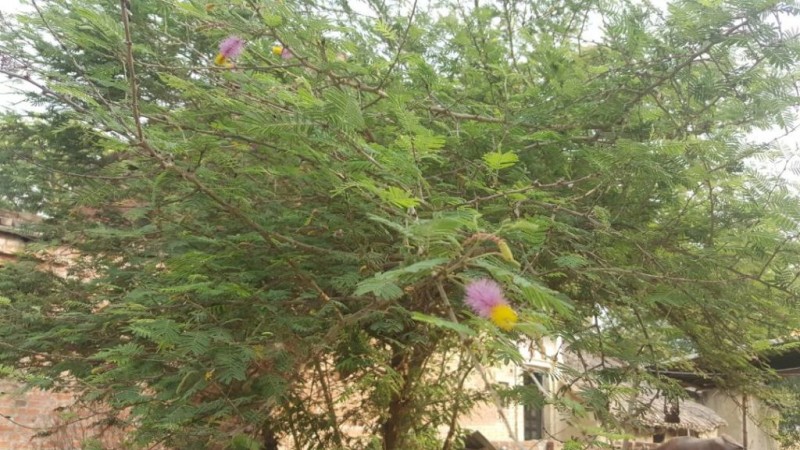
Every festival of Indian culture or Hinduism has its own significance. In every festival, the message is hidden in how we can make human life better and prosperous. One such festival is Vijayadashami or Dussehra. After the burning of Ravana, Shami leaves are given to each other at many places. While the Shami tree is worshipped at many places. However, the question arises as to why this happens?
Agni is mentioned in Sanskrit literature under the name of 'Shami Garbha'. It is believed that during the war of Mahabharata, the Pandavas hid their weapons under this tree and later the whole world saw the result. The Pandavas got victory over the Kauravas. Shami tree or its leaves are not easily found. A Shami tree about four and a half hundred years old is present in the city of Bhuj, Kutch district of Gujarat. This tree is also mentioned in the 'Kusumlata' chapter of the book 'Brihatsamhita' by the famous Jyotishacharya Varahamihira during the period of the great king Vikramaditya. It is also known as 'Khizde' or Khizda.
Worshipping Shami on Dussehra:
Worshipping this tree on the day of Vijayadashami or Dussehra also means that this tree informs the farmers in advance about the upcoming agricultural disaster. The result of this is that farmers prepare for this. This tree grows a lot during the summer season. There is also a belief that the land where the Shami tree is sown has many benefits. It is the reason that along with the Shami tree, Hinduism considers Banyan, Peepal, Tulsi, Banana, Mango and Bilva Patra to be revered.
Dussehra: Know the significance of seeing this bird on Dussehra